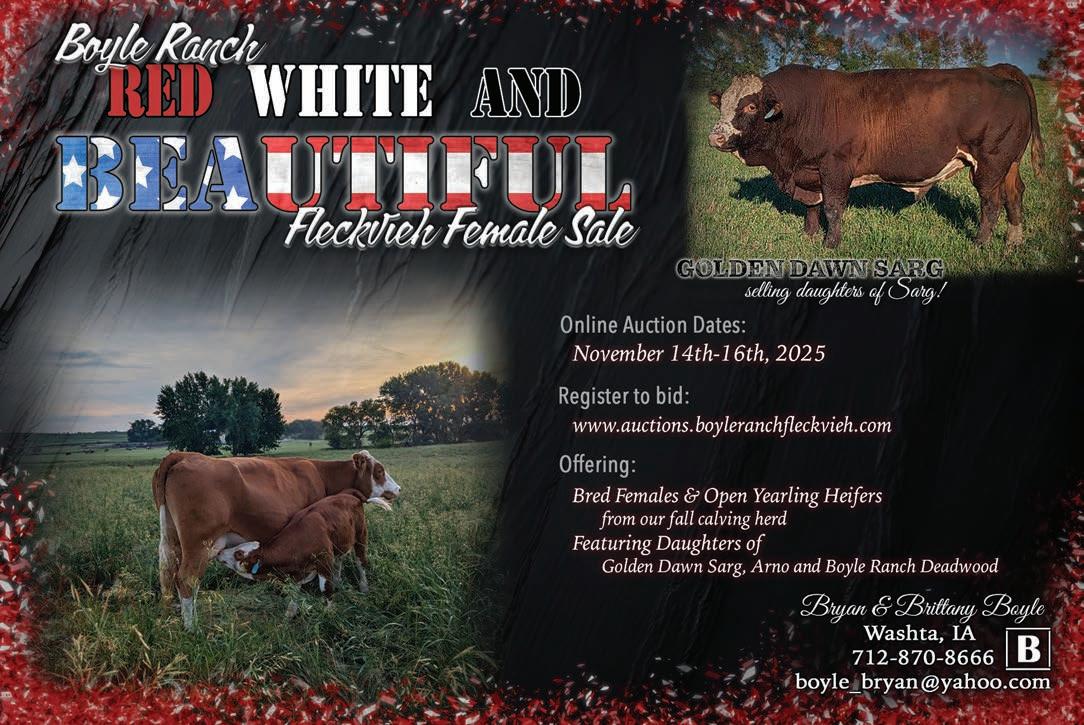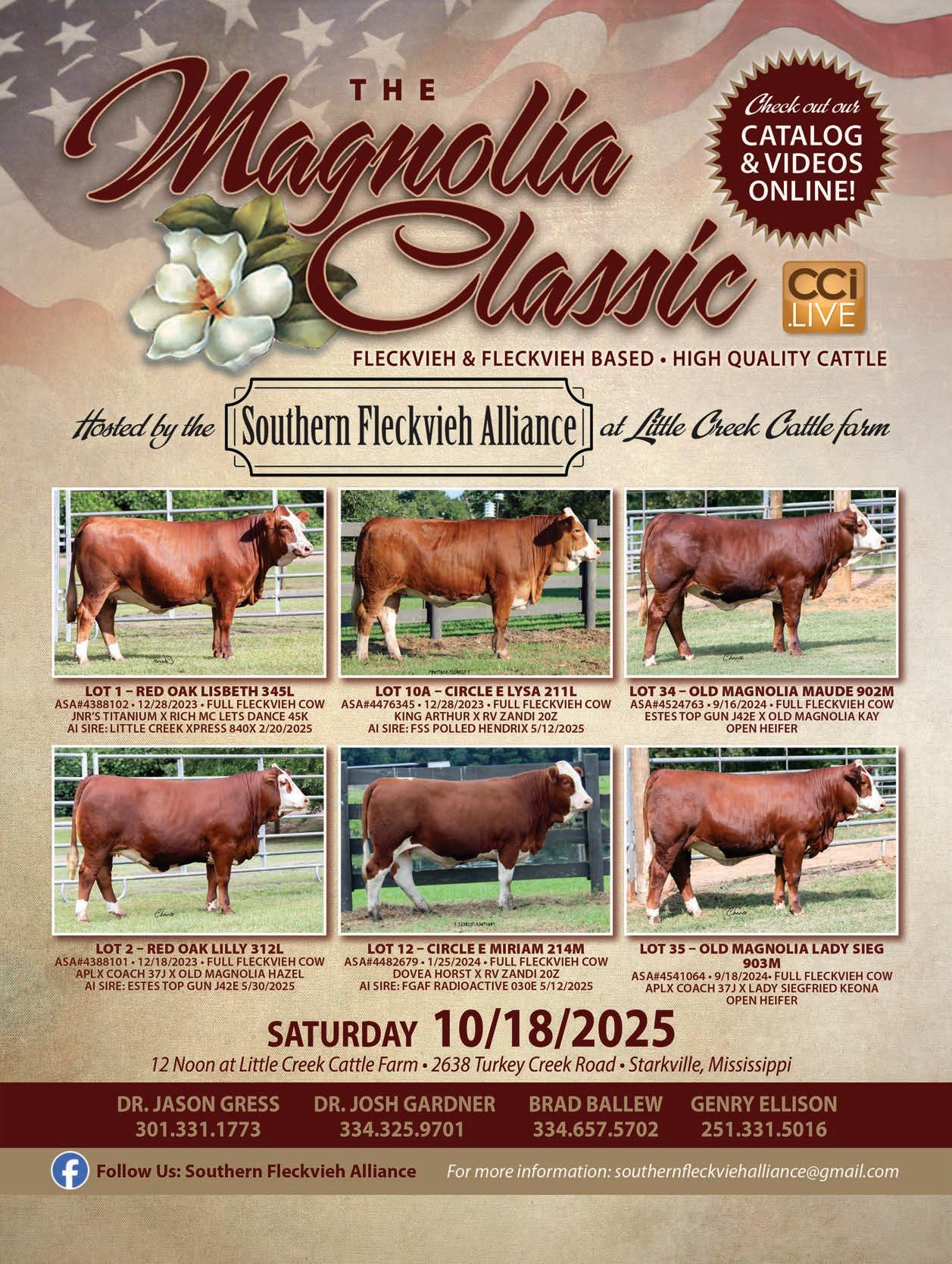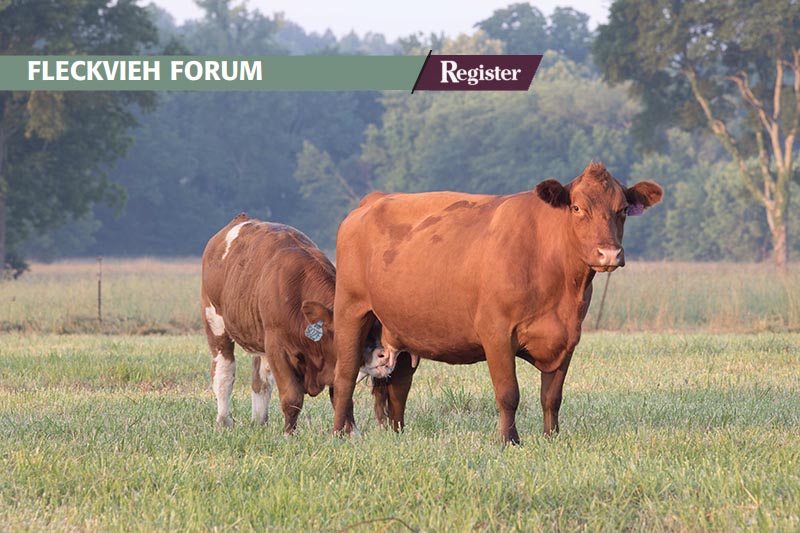by Larry H. Maxey, founder and superintendent, NAILE Fullblood
Our Pioneers — John Clay Jr.

He was born in Winfield, Scotland, on April 24, 1851, to John and Patricia Clay. His ancestors had been farmers for generations in an area near the border between England and Scotland. Clay was fortunate to receive a high-level and well-rounded education. His father was a respected and prominent businessman. This allowed him to be in the company of many of the most wealthy, influential, and powerful people in Scotland and England. These connections would serve him and his father well throughout their famously successful lives.
In his autobiography, John Clay, My Life on the Range, published in 1924, he covers detailed accounts of his life primarily as it pertains to his many roles and endeavors in North America beginning in 1874. For ten years prior, he was engaged in all aspects of the farming business in his native Scotland. But the investment world came calling. The rich and powerful in Scotland had invested heavily in North America. Their investments there far outperformed returns for other business ventures elsewhere in the world. In their view, the investment opportunities in North America were limitless, and they wanted more, especially land ownership and livestock, primarily cattle.
As I studied his autobiography, it occurred to me that his life, as it related to every facet of agriculture, ran parallel with the theme presented in the movie Forrest Gump. You may recall that Forrest just happened to be a witness to every major event in history during his lifetime. During his era, Clay, by virtue of his connections to the who’s who of finance and business, would use that network to great advantage and would always just happen to be in the right place at the right time. The results would yield one of the most successful careers in the North American livestock business ever to be achieved.
Naturally, John spoke fondly of his native Scotland. Yet, he felt the need to explain the conditions that had existed there for the ordinary person for countless generations. He referred to those as a “caste” system. While not fully operated like the commonly used definition of such a system, it appeared to be a hybrid one nonetheless. To provide my interpretation of his lengthy description of the effects of this “caste” system on man's inner being, one felt deeply that something was missing. There was a hollowness, a yearning that the system could never satisfy. I took that to mean liberty, freedom, and independence. These are notions we sometimes foolishly take for granted. In time, he would find that missing feeling in the New World.
Because of his farming knowledge and background, financial savvy and management skills, he was hired to visit Ontario, Canada, in 1874. His purpose was to assess various holdings by certain investment groups and report on conditions. What he found in Canada was totally opposite of well-managed land and livestock operations as well as management of personnel. He returned to Scotland with his disturbing report with recommendations of what needed to be done. Thus, he was hired to return to Canada and fix the mess. That began his long and successful career in the management of livestock and land that evolved into the financial sector. On numerous occasions, his work took him into the US. By 1882, he was living in Chicago and regularly traveled throughout the vast western expanse of this nation.
The Western cattle boom that began around 1870 saw no end in sight. A financial empire was being built in the West. In a previous column I spoke of this and what led to Cheyenne, Wyoming, becoming the epicenter of this financial empire. John Clay, through his management roles for the rich Scottish investment firms with holdings from Canada to the US Great Plains, and all the way to the Pacific Coast in California, was an integral part of the phenomenal success of this new world order. In Cheyenne, he was front and center and equally so in Chicago. His firm, Clay Robinson and Company, handled large financial transactions for wealthy Scottish clients and was politically well connected. Throughout this time, he accumulated various bank stocks. In 1903, his firm purchased the Stock Growers National Bank and expanded its holdings all over the West.
Clay was as influential and accomplished as any person in American history for the development of the livestock industry he helped build and the industry we have today. His 439-page autobiography is a recommended read for those interested in our industry’s development and the countless other individuals who were crucial in that process. Many of those influential people are mentioned in his book. Clay’s lifetime achievements were recognized when he was inducted into the prestigious Saddle and Sirloin Club with his portrait on display at the NAILE Museum in Louisville, Kentucky. And I'm not sure if this is a first, but his father, John Clay Sr., is also an inductee. They certainly are verification of that old proverb “the apple doesn’t fall far from the tree.” Both Clays are perfect examples of true “Pioneers” so appropriate for this series. .
Editor’s note: This is the forty-eighth in the series Our Pioneers.
Is there a Simmental pioneer who you would like to see profiled in this series? Reach out to Larry Maxey or the editor to submit your suggestions:



